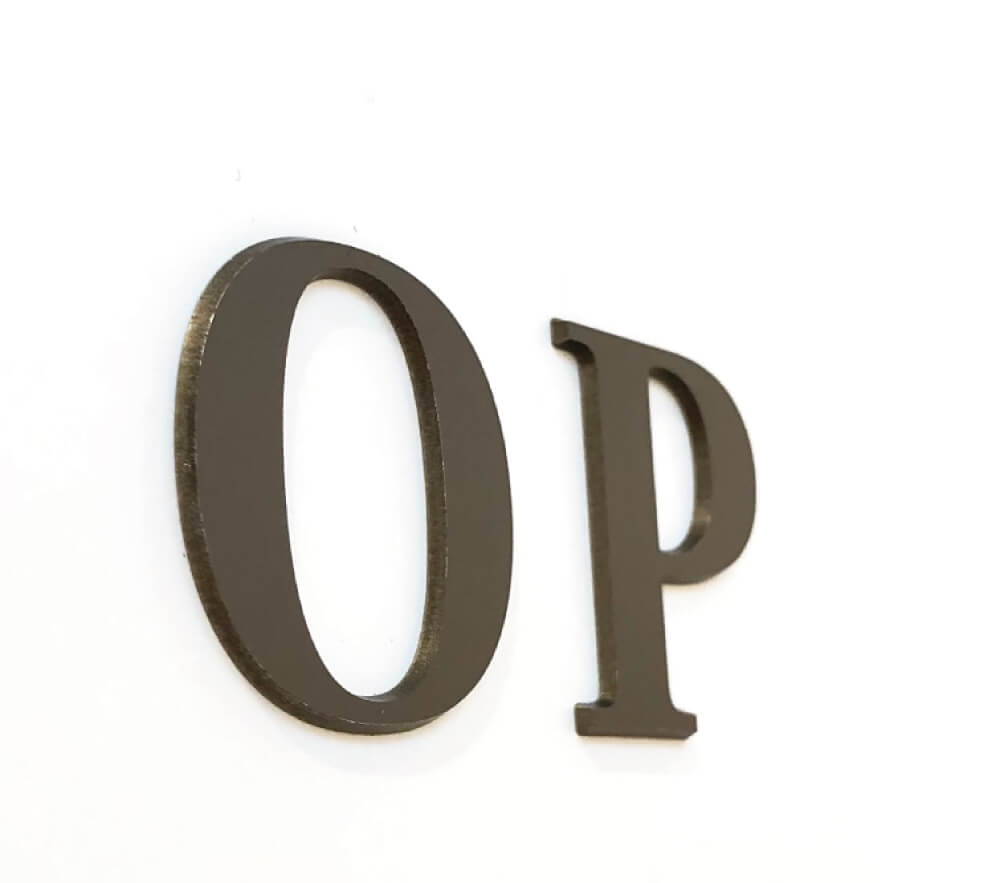Autologous fat grafting for natural fullness in the face and body

In brief
Autologous fat grafting for the face is an advanced and natural method of facial rejuvenation and volume augmentation. Interested patients are looking for effective solutions to restore missing volume, reduce wrinkles and achieve a more youthful appearance. In autologous fat transplantation, the body’s own fatty tissue is harvested, typically from areas such as the abdomen or thighs.
areas such as the abdomen or thighs, and then transplanted into the face. The fatty tissue is carefully prepared before transplantation in order to achieve the best possible results. The treatment is usually performed under local anesthesia or sedation. The fatty tissue is inserted into various areas of the face using fine cannulas to compensate for volume loss, smooth wrinkles and improve contours.
What motivates people to undergo autologous fat treatment?
Over time, every face loses volume and fullness. The result is a tired and exhausted facial expression. Wrinkles become deeper and more visible. The lost volume can be plumped up using various artificial filling substances. However, many patients are increasingly consciously deciding against artificial filling products. Autologous fat offers sustainability with a natural appearance.
What is autologous fat grafting?
It is a tissue transfer to fill volume defects. As part of a minimally invasive procedure, fat is removed from a previously defined area and transplanted elsewhere after appropriate processing. Autologous fat offers the most natural form of a “filler”. The recipient region determines the type of processing. If there is a volume deficit, so-called microfat is used. If the quality of the skin is to be improved, nanofat is used. Only a small local anesthetic is required in the region.

What different methods are there?
Not all autologous fat is the same. In addition to determining the donor area (collection area), choosing the right processing method is essential for a perfect result. The recipient area determines the choice of harvesting method. If the autologous fat is used for volume, e.g. for lips or the nasolabial fold, microfat is used. Special suction cannulas with a diameter of just a few millimetres ensure homogeneous fat particles. If the skin quality is to be improved, we use nanofat. Using special filters, fat is reduced to such a small size that only the stem cells and cell fragments contained in it are transplanted.
Dark circles under the eyes or thinning skin areas are the areas of application here.

Who is autologous fat suitable for?
The natural aging process leads to a loss of elastic fibers in our connective tissue. This typically leads to a noticeable lack of volume in the eyes, corners of the mouth and cheeks. On the one hand, this can be counteracted with artificial filler products. On the other hand, there is the innovative and sustainable option of using the patient’s own fatty tissue as a filler, thus avoiding the use of artificial products altogether. For people who appreciate this, autologous fat transplantation can be a unique option.
Who is autologous fat not suitable for?
Autologous fat transplants are a good solution for replacing volume and improving skin quality. For complex structures, such as the lip contour, hyaluronic acid, for example, can generate better results. However, augmentation of the entire lips can be achieved with autologous fat.
Furthermore, in extreme athletes with a body fat percentage of around 7%, sufficient fat deposits are rarely found.

When is the best time?
All facial treatments can be carried out all year round. As slight swelling will occur, we recommend avoiding direct sunlight for 2-4 days. Although this does not affect the result, it does affect the duration of the healing phase.
What type of anesthesia is necessary?
Autologous fat transplantation is a minor procedure that is performed under local anesthesia. If desired, sensitive patients can be put into a twilight sleep in which they are unaware of the procedure. General anesthesia is not usually necessary.
Can the procedure be combined with other procedures?
Autologous fat grafting is a minimally invasive procedure that takes around 30-45 minutes. These procedures are often combined as part of a larger operation. One of the most common combinations is breast augmentation with autologous fat.
Surgical and conservative alternatives
There are various surgical and conservative alternatives for volume replacement and improving skin quality.
Artificially produced materials such as hyaluronic acid have become established for the targeted improvement of volume in smaller areas (e.g. lips or jawline). This is a synthetically produced gel that serves as a moisture reservoir and can provide shape and volume depending on its density. It influences the elasticity and firmness of the skin.
The improvement in skin quality can be achieved through minimally invasive procedures such as Morpheus8 or mesotherapy. The micro-injuries created activate the body’s own regeneration and thus increase the production of collagen and elastin. This leads to a noticeable and lasting improvement in skin quality. In addition, a tightening effect can be achieved through targeted radiofrequency.

Photos
The photos show examples of primary autologous fat transplants performed in my practice. The target areas are the eye area, lips or the entire face. There is one photo before the treatment and one approx. 4-6 months afterwards. This period of time is necessary to be able to assess the final result as some of the fat may break down in the first few months. This reduction is taken into account when planning the operation and more volume is administered accordingly.


Is this operation performed on an outpatient or inpatient basis?
Autologous fat transplantation is a minor outpatient procedure that is usually performed under local anesthesia.
A total of 2-3 hours should be scheduled. Even if the actual operation time is 45 minutes, the time for preparation and follow-up must be taken into account. Active participation in road traffic should be avoided at all costs for the first 12 hours. We recommend that you are accompanied for the first few hours after the operation and for the first night.
Risks and complications
Surgery is a wonderful routine for us.
Nevertheless, we are aware that many of our patients may only have surgery once in their lives. It is therefore essential that you are informed about all the possible consequences of this procedure.
During surgical procedures, skin and tissue as well as underlying structures are treated with sharp instruments. Despite all caution, complications of varying severity can occur. During the initial consultation, we will go through a corresponding information sheet with you.
Minor complications
Autologous fat transplantation is a minor procedure with few complications. If performed carefully, the risk of permanent consequences is extremely low. As with all surgical procedures, there may be minimal pain in the treated area. Discrete swelling in the suctioned areas or on the face will disappear within the first few days.
Rare major complications
Major complications may require follow-up treatment or, in extremely rare cases, repeat surgery. Reduced blood flow in the recipient region after transplantation can lead to fatty tissue necrosis or oil cysts. These are dead fat cells that are encapsulated by the body. Patients notice this through small hardenings under the skin.
What to do in the event of complications?
If, contrary to expectations, complications occur, we will not leave you to deal with them alone. After the operation, you will be given an emergency number where you can reach us 24 hours a day. During the routine check-ups following the operation, we will discuss the progress and further procedure with you in detail.
Healing and progress
As soon as patients have decided to have surgery, there is great anticipation of the result. However, depending on the procedure, there is a long way to go. You will need to be patient until the final result is achieved. If you know what to expect before your planned operation, this path will be easier.
How long does the healing take?
The recovery time is short. Your body needs approx. 2-3 weeks to recover from bruising and slight swelling in the areas that have undergone liposuction. Swelling on the face may be visible for 7 days, but can be covered with make-up the following day.
Is the treatment painful?
Autologous fat grafting is not particularly painful. You will only feel a small sting from the local anesthetic. Due to water retention in the liposuctioned areas, the regions will swell after the operation. Patients often describe a noticeable pulling sensation and a slight pressure that is comparable to sore muscles.

When can the final result be expected?
The results of autologous fat transplantation are visible immediately. Important! Swelling may suggest overfilling. In the first 3 months, a large proportion of the fat introduced is absorbed and metabolized by the body. This volume is lost. We allow for a certain loss of volume and overfill slightly accordingly. The final result is available after approx. 3 months.
What should patients plan?
A surgical procedure requires a certain amount of planning and organization not only for the surgical team, but also for the patient, both before and after the operation. It is important that you are well prepared and know what to expect. This allows you to concentrate fully on enjoying the results.
One of the most important questions before any surgical procedure is the “why”. You should be clear about why you want to have surgery in the first place. Once you have answered this question and made a decision, the following questions should definitely be clarified: How? By whom? When?
I will be delighted if you find your way to my surgery and would like to be operated on by me. However, I also recommend all my patients to get a second opinion. You should be absolutely certain about the date and surgeon.
Plan the time before your operation
As soon as you have decided to have the operation after a detailed consultation and medical history, you should plan the time after the operation with those around you accordingly.
Plan the time after your operation
Hematomas and swelling may be visible in the first few days after the operation. Although these can be covered up, they can potentially affect your ability to socialize.
How much does an autologous fat transplant cost?
Autologous fat transplantation starts at €900 for smaller regions and is around €2,500 for a full-face treatment.

Financing, down payment, installments
We also offer the option of financing and installment payments. We will be happy to inform you about this in a personal consultation. If you decide to schedule an operation after our consultation, we will agree a deposit of €500 to fix the date accordingly. You can pay the remaining amount on the day of the operation or in advance.
